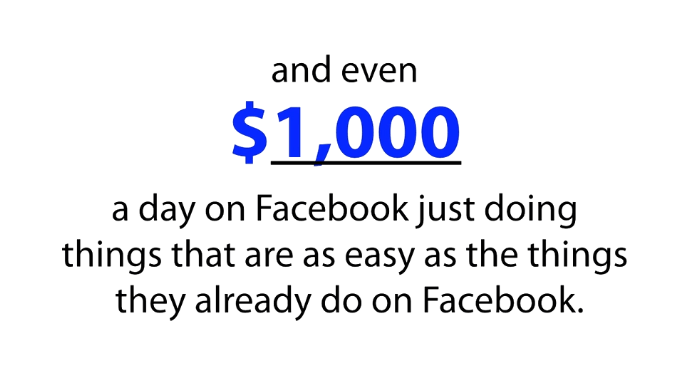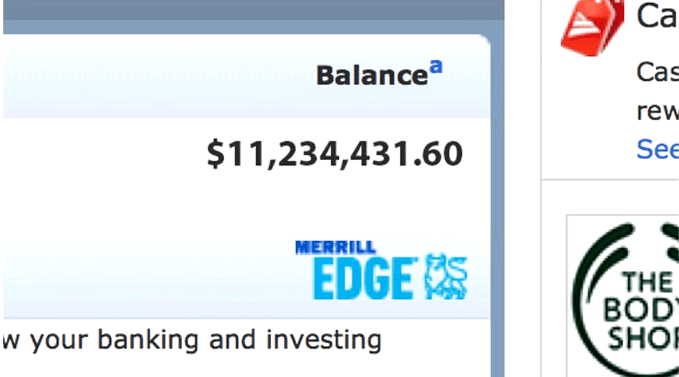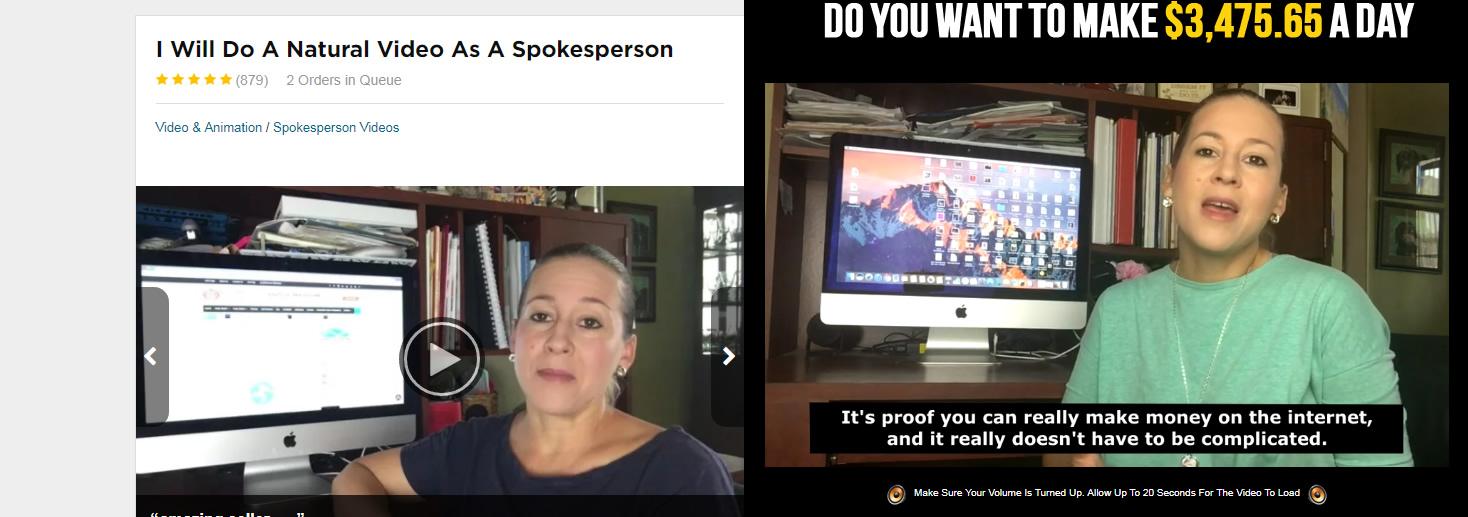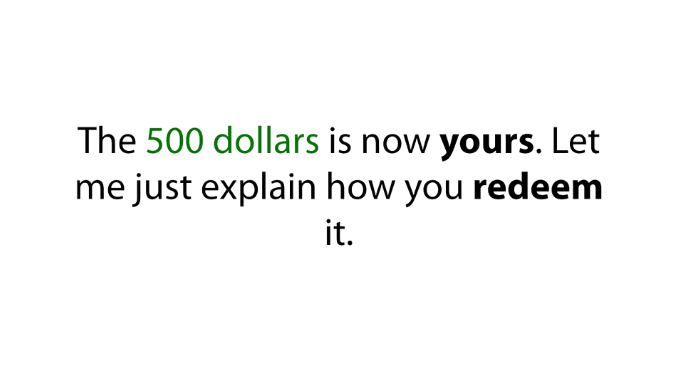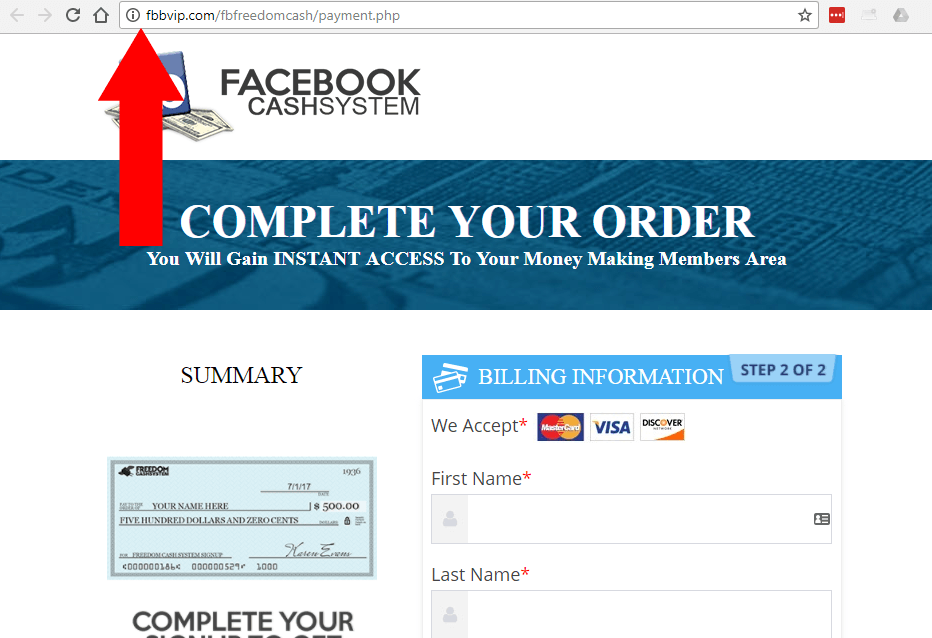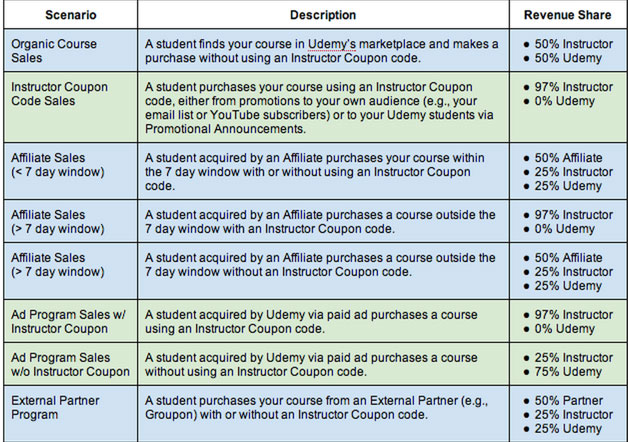Email marketing is another career path for writers looking for a niche in the wide world of home-based employment. It takes a special kind of skill to be able to write newsletter campaigns. Aside from the e-mail campaign’s goal of promoting a service or product in hopes of a conversion, the specialist must also balance the art of copywriting engaging content, manipulating a particular target market, creating buzz, and generating leads for the business.
It’s a tricky job, but an email marketing specialist is one of the most lucrative work-at-home jobs available for writers today.
Here’s why:
- 95% of companies that use a marketing automation program take advantage of the benefits of email marketing. (via Regalix)
- Over 75% of email revenue comes from segmented, targeted emails focused on a particular respondent, instead of one-size-fits-all campaigns. (via DMA)
- 74% of marketers claim that personalized e-mail campaigns increase customer engagement. (via eConsultancy)
- Email is 40x more effective at obtaining new customers than Twitter or Facebook. In fact, about 72% people prefer to receive promos via email, compared to 17% who prefer social media. – (via McKinsey & MarketingSherpa)
- For every $1 spent, email marketing generates $38 in ROI. (via Campaign Monitor)
Companies spend a lot of money in lead generation and use mostly e-mail marketing to acquire targeted leads.
If you’re looking for a career change, or want to explore email marketing as a specialization, continue reading…
Everything You Need to Know about an Email Marketing Job
Email marketing specialists are self-starters. They are exceptionally good at research – from keywords to market research – and back up their email campaigns with solid data. Because email marketing specialists are responsible for solving a particular problem (how to turn leads into buyers, how to add more subscribers, how to encourage people to click an ad, etc.), they must be particularly goal-oriented and juggle several tasks effectively.
As an email marketing specialist, you must have:
- Top-of-the-line copywriting skills
- Proven ability to design, launch and monitory email campaigns
- Ability to interpret email analytics and other relevant data
- Advanced knowledge of various CRM systems, HTML, CSS, etc.
- Proficiency in email marketing programs like SalesForce, InfusionSoft, and more
- Experience with A/B testing
A marketing degree isn’t really a requirement, but can be a plus. If you’re a professional writer switching to this career path, the best way to land this job is to show successful email campaigns as part of your portfolio.
Day-to-Day Tasks of an Email Marketing Specialist
The role of an email marketing specialist involves dozens of small tasks. But they’re all covered under these main categories.
Developing Strategies
- Content strategy (what every email is about)
- Campaign calendar (when to send every email)
- Contact strategy (which target audience receives a particular email or campaign)
2. Creating Campaigns
- Oversee email design
- Write engaging content
- SEO-optimizing links
- Keeping the campaign’s voice aligned with company’s branding, vision, and sales goals
- Ensure email campaign’s functionality on mobile and desktop versions
- Report or fix technical issues related to the campaign
3. Managing Lists
- Editing contact list throughout the campaign
- Monitor performance of targeted audience
4. Analyzing Data
- Analyze campaign performance
- Identify weakness and strength from past campaigns
- Create in-depth reports about the email campaign
The day-to-day tasks of an email marketing specialist can vary, particularly if you’re working as a team or alone. Those working as a team member may focus on a specific element of the campaign – such as copywriting or list generation. However, those working alone may need to juggle all tasks on their own to launch an effective email marketing campaign.
How Much Can You Earn from an Email Marketing Career?
Email marketing specialists who are office-based and employed in the U.S. earn an average of $55,000 per year. Senior email marketing specialists (those with over 10 years of experience) receive up to $65,000 annually.
Home-based, full-time specialists can earn $30 to $50 per hour, depending on skills, experience level, and other factors. Salary of freelance email marketing specialists could be higher (if they’re working alone on the campaigns), or lower (if they’re part of a team). Benefits are nonexistent in home-based positions, but in some rare occasions, companies may extend their benefits to remote workers like you.
The Bottom Line
Email marketing is one of the oldest techniques in the book, but companies continue to use it simply because it works. The job outlook of a specialist in this field is high, particularly since no other marketing strategy can compare to the ROI email marketing achieves. There are also a lot of companies hiring freelancers for this role, so if you have mad copywriting skills and the ability to lead successful email campaigns, you can go far in this field and earn a substantial income from the comforts of your own home.






